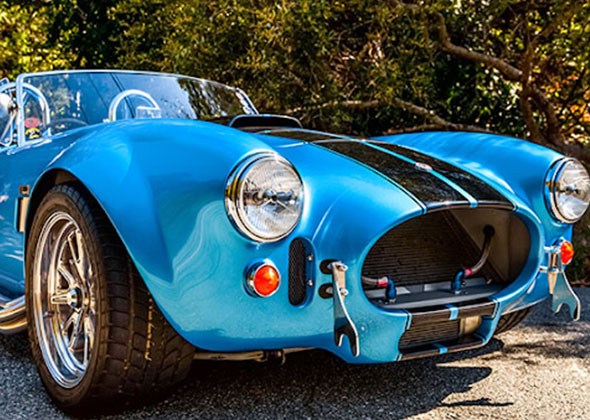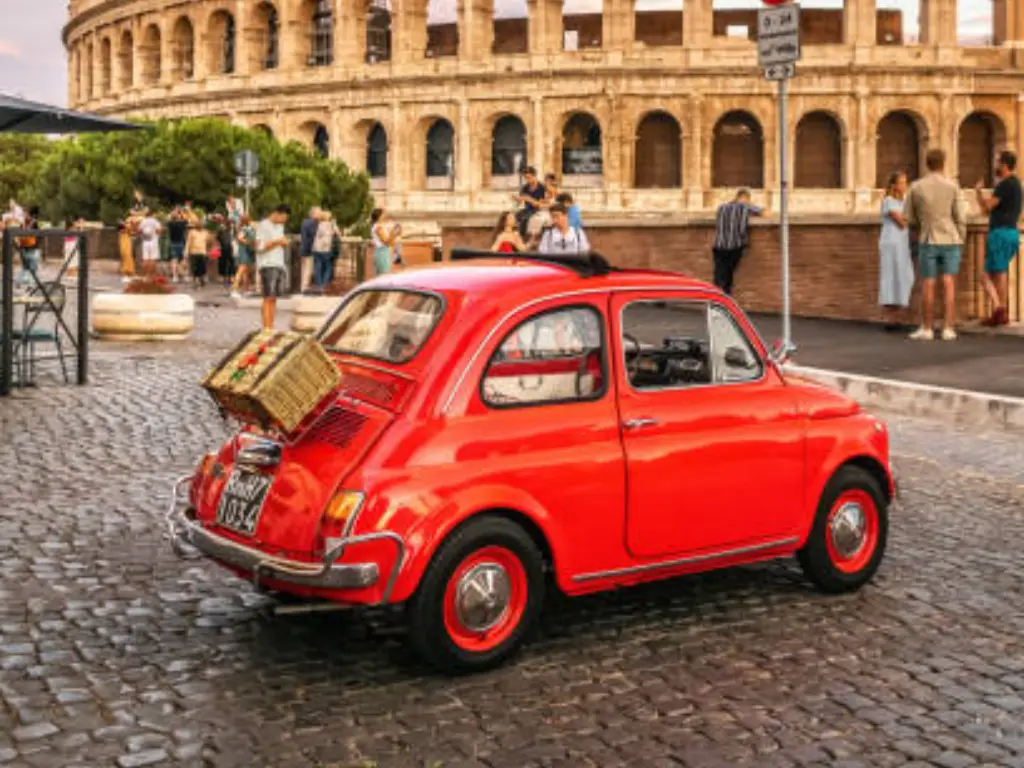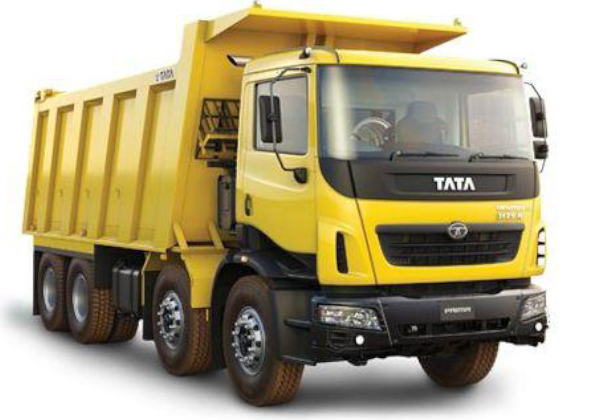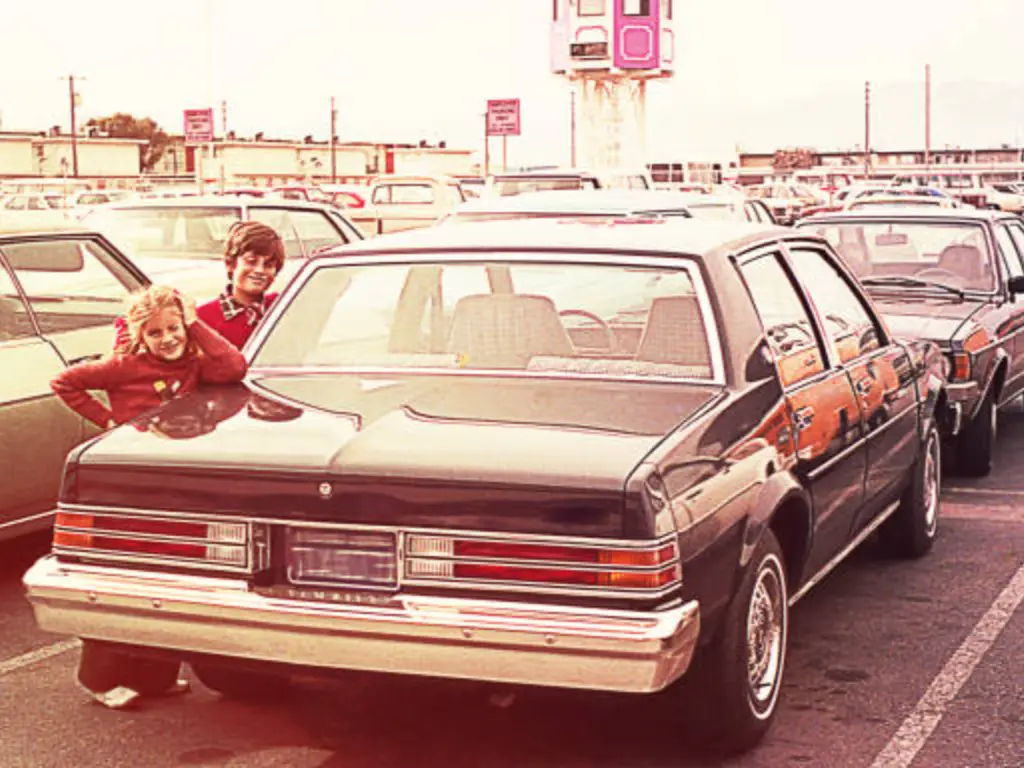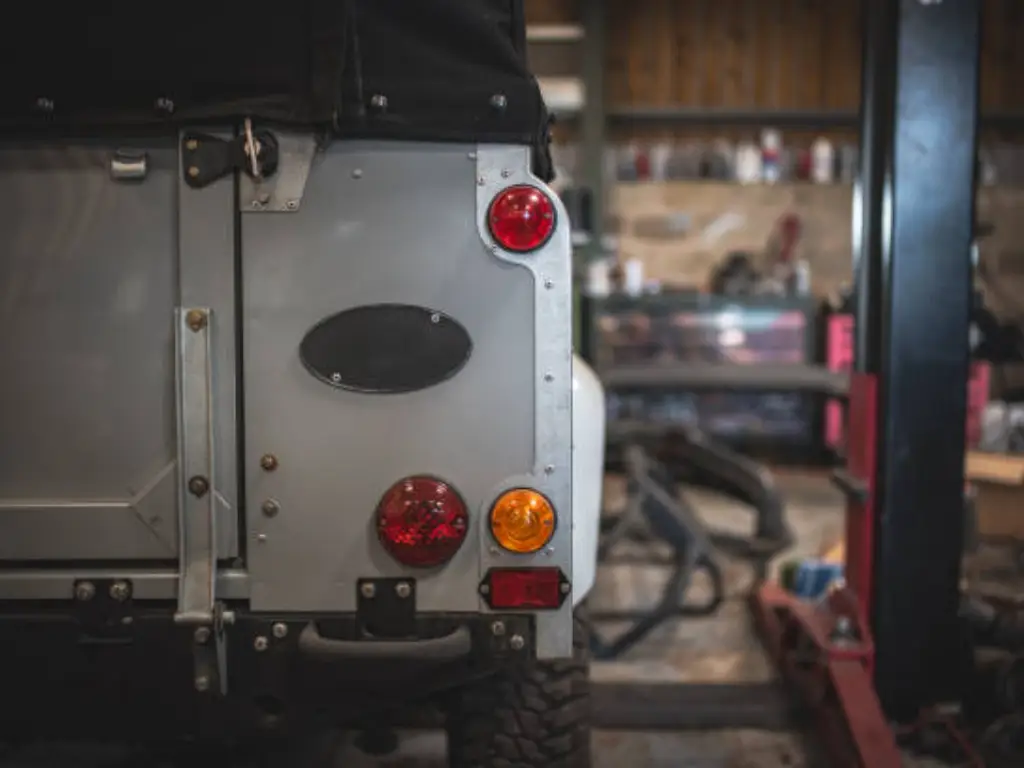
Preface
The nostalgic roar of an antique engine, the shine of perfectly restored chrome, the enduring contours of a long-gone era—classic car restoration is much more than a hobby. It’s a passion for history and a work of art. Whether you are meticulously polishing a cherished asset or reviving a neglected barn find, the pursuit of vintage automotive treasure hunting is often the most rewarding yet challenging part of the hobby.
It is safe to state that, unlike modern vehicles, classic cars require a great deal of time, effort, an eye for detail, and specialized suppliers. The vintage auto parts market is filled with diverse components, ranging from modern-day corporations to niche specialists designing unique parts for a handful of the oldest auto models. This guide aims to provide you with a carefully curated collection of invaluable resources that tackle the best providers along with versatile advice to cater to the demand of your classic restoration project.
We will walk you through the top suppliers and their unique strengths and specialties. Most importantly, we’ll discuss workable methods for acquiring those hard-to-find parts, the different categories of parts, and their relationships in terms of matching. We aim to provide you with the know-how and tools that will make your restoration journey easier, more successful, and ultimately more satisfying. Your classic car dreams will now stun you into life.

Sunny Autoparts
Recommendation: ★★★★★
To B or C: B (with strong ODM/OEM capabilities for B-to-C brands/retailers)
Main Markets: Global, with a strong focus on serving aftermarket needs for various vintage markets.
Focusing on parts for vintage cars and motorcycles, Sunway Autoparts has prided itself on quality, innovation, and supply chain effectiveness since 2007. They stand out in the market for vintage cars, motorcycles, and trucks from the mid-1920s to the late 1950s. Ford, Chevrolet, Fiat, Pontiac, Mini, Porsche, and Land Rover are among the brands that manufactured models long out of production and are in need of aftermarket parts.
Their area of expertise includes fundamental automotive lighting components such as headlights, taillights, and indicators, as well as important engine and electrical parts like dynamos, starter motors, ignition coils, and CDIs. Additionally, they supply vital auxiliary components like horns, air and oil filters, gaskets, pedals, switches, rims, engine covers, electric regulators, and intricate parts for window controls.
A key advantage is the hard-to-find OE products and high-quality OE-quality remanufactured spare parts. Remanufactured parts are a cost-effective solution that maintains performance and fit. Most importantly, for parts that simply cannot be found anywhere else, Sunway Autoparts has in-house mold design for full ODM/OEM services. This means they can design, customize, and manufacture new parts from design to dispatch and even in bulk, including vintage parts. This capability is a major differentiator and allows them to be a strategic partner on rare or unique restoration projects while maintaining good quality, reasonable pricing, and prompt delivery.
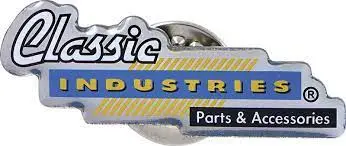
Classic Industries
Recommendation: ★★★★★
To B or C: B and C
Main Markets: Primarily North America (USA, Canada), with international shipping available.
The American classic car restoration parts market has a dominant leader, Classic Industries, which has a history dating back to 1975. They have built one of the most comprehensive catalogs for American muscle and classic cars. They specialize predominantly in Chevrolet (Camaro, Chevelle, Impala, Nova, Tri-Five), Pontiac (Firebird), Oldsmobile, Buick, Mopar (Dodge, Plymouth, Chrysler), and classic Ford models, too.
What truly sets Classic Industries apart is their depth of inventory and the different types of parts they keep in store. Classic Industries not only stocks body panels, but they also keep body shells, trim, engine parts, drivetrain parts, and even electric or ac systems. The warehouses also have GM Restoration Parts, which are considered by many as the perfect fit for restorations.
Classic Industries’ frank and descriptive catalogs and guides make dealing with large inventories easy to sort through. The company also offers online catalogues to enhance the user experience. Their dedication towards serving their customers without sacrificing quality is what makes them popular among professional restorers and hobbyists.
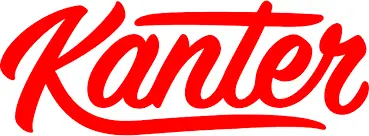
Kanter Auto Products
Recommendation: ★★★★☆
To B or C: B and C
Main Markets: Primarily North America (USA, Canada), with international shipping available.
For more than 50 years, Kanter Auto Products has been a reliable name in the classic car parts business, focusing on domestic cars made from the 1930s to the 1980s. Some suppliers narrow their focus to a few popular models, but Kanter prides himself on offering a wide variety of mechanical parts for vintage American vehicles and even some lesser-known marques that are rarely supported.
They focus on the primary mechanical features that include repairing engines, parts for the brake system, such as master cylinders, wheel cylinders, brake shoes, suspension components like shocks, springs, bushings, steering parts, fuel system components, and electrical items. They are well recognized for their replacement parts services in older and less mainstream American cars, which fill a crucial gap in the market. Kanter Auto stands out among competitors due to the extra value-added services provided, such as free shipping over a certain order value, “fit guarantee”, and sometimes even lifetime warranties on parts. With their extensive historical knowledge and focus on providing functional and reliable mechanical parts, Kanters are an essential provider for restorers of pre-1980s American iron vehicles.
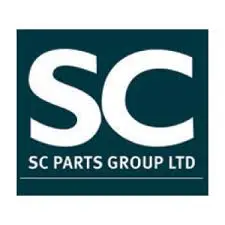
SC Parts Group
Recommendation: ★★★★☆
To B or C: B and C
Main Markets: Europe (especially UK and EU), with international shipping.
SC Parts Group is based in the UK and is well known in Europe for the parts they sell for classic cars, especially British ones. For over 40 years, they have supplied parts for classic vehicles like Jaguars, Daimlers, Austin-Healeys, MGs, Triumphs, and Mini Coopers. They built their name on having parts in stock and knowing how to service these vehicles. Besides British cars, they also stock parts for some continental European classic cars.
What distinguishes SC Parts is their commitment to sourcing all Auto parts from consumables to rarely sourced old stock items. SC parts go as far as seeking new old stock, which refers to unused factory parts that are obsolete. In situations where parts are completely out of stock, SC Parts has the ability to manufacture parts to ensure restorers can complete their projects. British classic car enthusiasts from Europe and other continents greatly value SC Parts due to their comprehensive catalogs, online presence, and expert team. In addition, customers who are located in the European Union benefit from the SC parts’ EU warehouse as it enables easy and duty-free shipping.

Hemmings
Recommendation: ★★★★★
To B or C: C (primarily individual sellers and small businesses)
Main Markets: Primarily North America, but with international reach for classifieds.
Hemmings is not a single parts supplier in the traditional sense but rather an indispensable institution and a cornerstone of the classic car hobby. The Motor News serves as an effortless marketplace and serves as a non-biased information hub for vintage automobile enthusiasts around the globe. They offer remarkable service that includes classified ads alongside a monthly magazine and a comprehensive website.
They excel at matchmaking buyers and sellers, ranging from everyday people selling odds and ends to niche aftermarket dealers. For sourcing “old car parts for sale,” Hemmings’ classifieds stand out, particularly for original, used, or rare New Old Stock (NOS) parts that large reproduction houses may not stock. From obscure trim pieces and engine components to entire body shells, you can find it all. Outside of classifieds, Hemmings features a massive collection of articles and buyer’s guides alongside a thriving community forum where enthusiasts discuss restoration tips, share knowledge, and offer sourcing guidance. Though the effort to find parts through Hemmings may require more communication and elbow grease with different sellers, the breadth of what is offered and the chance to discover one-of-a-kind or hard-to-come-by original parts add value for any serious restorer.
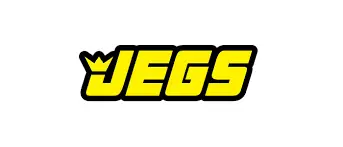
JEGS High Performance
Recommendation: ★★★★☆
To B or C: B and C
Main Markets: Primarily North America (USA, Canada), with international shipping available.
JEGS is another notable name in the automotive aftermarket industry that is often compared to its rival, Summit Racing. While they are primarily known for their drag racing and performance parts, JEGS has also built a reputation for stocking parts needed for restoring classic and vintage cars, especially American muscle cars and hot rods from Ford, Mopar, and General Motors.
For classic restorations, their product lineup is exhaustive and includes body panels, exterior trim, and even complete engine kits. In addition, they provide sophisticated fuel systems, robust transmissions, advanced brake systems, and crucial suspension components. Electrical parts, wheels, and vintage tires are also available. JEGS’s edge comes from its extensive inventory, low prices, and fast shipping. These factors, along with the fact that many of the parts outperformed OEM parts in quality and reliability, made JEGS a preferred supplier. They are also well known for their informative technical support and regular promos. All these factors brought great value to restoration enthusiasts and owners looking to improve the performance of their classic cars. The combination of focus on performance and restoration makes them a versatile choice for many projects.
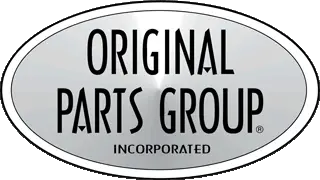
Original Parts Group (OPGI)
Recommendation: ★★★★★
To B or C: B and C
Main Markets: Primarily North America (USA, Canada), with international shipping.
For years, Original Parts Group, Inc. (OPGI) has established itself as a leading provider of restoration parts for General Motors (GM) Classic Cars. From the beginning, OPGI has made it a mission to provide a comprehensive and carefully curated catalog of parts for Chevrolet Chevelle, El Camino, Monte Carlo, GTO, LeMans, Tempest, Cutlass, 442 Skylark, GS Riviera, and Cadillac. Their depth of inventory is unmatched within these marques because of their specialization.
The restoration market is always looking for a reliable vendor, and OPGI stands out with their attention to detail and quality. They offer thousands of licensed GM Restoration Parts, which guarantee that the components are certified to meet or exceed factory specifications. Their catalogs are well-known for their thickness, which comes from being highly detailed and filled with accurate diagrams and descriptions, which aid restorers in easily identifying and ordering the correct parts. They cover virtually every aspect of restoration, like interiors, upholstery, dashboards, trim work, chrome, weatherstripping, and mechanical parts for the engines, transmission, and suspension systems. Their focus on GM models helped them become experts in these vehicles, thus providing invaluable assistance to restorers who prioritize precision and a strong finish.
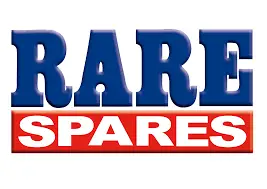
Rare Spares
Recommendation: ★★★★☆
To B or C: B and C
Main Markets: Primarily Australia and New Zealand.
For over 50 years, Rare Spares has become an iconic name in the Australian classic car restoration scene. They are the undisputed leaders in serving the Australian-made classic cars restoration parts market, concentrating heavily on Holden, Ford, and Chrysler vehicles that dominated the local landscape. Their vast knowledge of these particular vehicles makes them an invaluable asset to restorers in Australia.
Their product catalog is broad and consists of essential body panels, rubber weather seals, as well as interior trim pieces, screws and bolts, suspension and brake systems, fuel systems, along with numerous mechanical parts. Rare Spares is well-known for the reproduction parts that they sell, especially those that are produced in Australia. They also actively seek out and supply New Old Stock (NOS) parts when available. Because of his extensive dealership network all over Australia, coupled with an online catalog, finding the needed parts has been made easier for enthusiasts. Rare Spares is the first stop for almost everyone restoring an Australian classic because of their unparalleled guidance and parts access that are often unavailable elsewhere.
Top Tips for Sourcing Rare or Discontinued Parts
Searching for the elusive auto part for your classic vintage car can feel frustrating, like looking for a needle in a haystack. With the right approach and a bit of determination, it is possible to locate even the most hard-to-find parts. In this section, we provide you with expert tips that will help you maximize your chances of success.
The Importance of Part Compatibility and Fitment
Before you head out for a search, it is crucial to have a basic comprehension of parts compatibility. A part may share the same design features and appear similar, but it does not guarantee it will fit. It might damage the car and impair its performance, or even worse, pose a serious risk to the vehicle’s structural integrity.
- Understanding Part Numbers: When searching for components, always try to determine the original equipment (OE) part number associated with the item. This serves as a reliable guide. Part numbers issued by the manufacturers are precise, and even if an aftermarket vendor makes the component, these numbers can be cross-referenced based on the description.
- Year, Make, Model, and Trim Level: Changes in model year, specific model name (like Chevelle SS vs Malibu), or even a trim level could mean different parts are used. Consider a 1969 Chevrolet Camaro, a convertible’s top frame might differ subtly from that of a Gentleman’s Coupe. Engine accessories can also change between base and performance variants of the same year. Always check.
- Interchangeability: Different models, and at times even different manufacturers, share some components. Basic parts like certain fasteners, some bearings, or connectors are often standardized. Looking for interchangeability guides or talking with veteran restorers can widen the sourcing horizons. One brake caliper for another can be countered within a manufacturer’s lineup because they might have several brake calipers of different models ready to use.
- Documentation and Manuals: Invest in specific service manuals, parts, and restoration catalogs for your vehicle. These materials often have exploded diagrams with part numbers and essential assembly steps, which makes the identification more precise. For instance, factory service manuals provide accurate wiring diagrams that allow precise identification of relays or switches for functions
Budgeting for Your Classic Car Restoration Project
Setting a budget is critical for managing costs associated with parts since they may increase rapidly. A restoration will often have hidden costs, which makes it very important to start with a base budget and a spare amount set aside to accommodate them.
- Prioritize and Categorize: You can separate the work into categories, starting with essentials and later moving to non-critical functions. For example, essential parts can be the body and engine, and wiring can be categorized as cosmetic. Spending order improves when you slice your work into phases. During a complete frame-off restoration, the parts alone can drive up your costs to as much as 50 to 70 percent of the total budget. To put this into context, a detailed restoration on a popular muscle car can cost over $50,000.
- New Reproduction vs. NOS vs. Used:
- New Reproduction: New reproduction parts are often the easiest to find and less expensive compared to other variations. Items like bumpers have a wide range of quality, so make sure to check the reputation of sellers. For example, the chrome bumpers for 1969 Camaros cost around $500-$800.
- New Old Stock (NOS): For unmatched authenticity and rarity, these parts are factory originals that have never been used. Due to their high price, fewer people bother with these. For example, an NOS carburetor for specific rare models can be anywhere between $1,000 and 5,000 plus.
- Used: The most budget-friendly, but also the riskiest. Condition varies wildly. A used door panel in good condition might be $100-$300, while a rusted original panel might be free but require significant work.
- Shipping Costs: For international customers, bulky or heavy items like body panels and engines may attract extra fees. Always keep this in mind, and remember to set aside some money for shipping. Shipping a complete engine block across states can easily exceed $300-$500.
- Contingency Fund: Set aside 15-25% of your overall budget as a contingency. This is bound to happen, whether it’s dealing with hidden rust or encountering a part that’s much rarer (and more expensive) than it looks. For example, during media blasting, finding a rusted frame rail can significantly increase your labor costs for removal and replacement.
Condition and Authenticity Checks
No matter the vendor for your parts, an inspection is a must.
- Visual Inspection:
- Rust and Corrosion: Pay particular attention to structural members, chrome plated sections, electrical connectors, and any exposed to the elements for rust. Surface rust might be manageable, but deep pitting or rot in critical areas points to severe problems.
- Cracks, Bends, Warpage: Check for any structural damage or hairline cracks (in plastic, fiberglass, or cast metal). Signs of bending or warpage are important to look for as well. This is vital for body panels and frames, and engine components.
- Wear and Tear: Examine bearing surfaces, gear teeth, and moving parts for excessive wear. For interior pieces, check for tears and faded or brittle plastic.
- Finish Quality: Assess the consistency and quality of the finish for painted and chromed parts. Poor quality chrome can flake, and uneven paint jobs can be a sign of a hasty cover-up.
- Part Numbers and Markings: Scan for part numbers, casting marks, or manufacturer logos, and cross-reference them with your documentation. This assists in confirming certain details for authenticity and correct application. For example, an original Ford part might have specific FoMoCo stamps.
- Material Integrity: Examine rubber parts (weatherstripping, bushings, hoses) for cracking, hardening, aging, or excessive softening. Electrical components should be inspected for frayed wires, corroded terminals, and burnt insulation.
- Photographic Evidence: For online purchases, ensure the seller provides clear and sharp photographs from multiple angles. Request specific close-up shots of any troublesome areas. For used parts, video inspection is tremendously helpful.
- Seller Reputation: Remember to look up the seller’s reviews and ratings. Established suppliers will always stand behind their products, and individually selling, a seller who responds clearly and in detail is a good sign. Deals that seem too good to be true often are.
| Challenge | Description | Suggested Solution |
| Rarity / Discontinued | Part is no longer manufactured and scarce. | Leverage forums, salvage yards, specialized fabricators (like Sunway Autoparts for OEM/ODM). |
| Poor Reproduction Quality | New parts don’t fit well or fail quickly. | Research supplier reviews, prefer licensed products, invest in higher-quality reproductions. |
| High Cost of NOS | Original, unused parts are prohibitively expensive. | Consider high-quality reproductions or professionally refurbished used parts. |
| Shipping Damage/Cost | Large/heavy parts are expensive to ship or arrive damaged. | Insist on insured shipping, use freight services for heavy items, check packaging thoroughly. |
| Incorrect Part Received | The part received doesn’t match the order or the vehicle. | Double-check part numbers, compare photos, ensure supplier has a clear return/exchange policy. |
Final Thoughts
Restoring a classic car is a journey full of tangible links to automotive heritage that can be immensely satisfying. The search for “old car parts for sale” can often feel like a treasure hunt, but the methods featured in this guide aim to clear the path. From giant inventories of industry leaders like Classic Industries and JEGS to the custom manufacturing for vintage vehicles by Sunway Autoparts to the community-driven marketplace of Hemmings, the options for sourcing are more diverse than ever.
Make sure to keep track of every component’s condition, including its authenticity, so that you don’t run the risk of throwing away your classic in the process of restoring it. This will not only save you dollars, but also help you retain the car’s integrity.
Unlock the thrill of the journey and engage with deeply invested communities of restorers. With the proper strategy, parts, and keen attention to detail, you will have your classic car back on the road seamlessly blending into modern-day traffic while still turning heads. Enjoy restoring!



